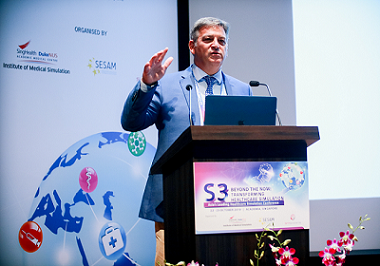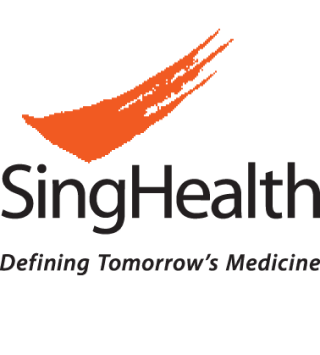Student Perspectives on the Use of Simulation in Health Professions Education Courses in Philippine State Unviersities
Introduction:
Well-crafted simulation-based education (SBE) programs in undergraduate health profession courses have shown promise in improving critical thinking, decision-making, learner satisfaction, autonomy, and overall learning outcomes. Insights gained during the pandemic, along with the limitations in available clinical rotation settings, have highlighted the value of simulation in teaching these courses. As higher education institutions (HEIs) invest in SBE programs, student feedback becomes essential for ongoing enhancement and sustainable integration.
This study aimed to examine the experiences and perceptions of students enrolled in health professions programs who participated in simulation activities.
Methods:
A descriptive qualitative design was utilized to investigate the experiences and perceptions of students in dentistry, medicine, and nursing programs through eight focus group discussions. Qualitative content analysis was used, and the Consolidated criteria for Reporting Qualitative Research (COREQ) were followed in the writing of this paper.
Three primary themes emerged: (1) The quality of simulation depended on the faculty and facilitators' ability to maintain scenario realism and engage learners; (2) Engaging simulation activities elicited emotional responses from learners, significantly impacting their overall learning; and (3) To maximize the benefits of simulation, investments should extend beyond just equipment.
Discussion:
Students had a positive view of simulation as a teaching method within undergraduate healthcare programs, associating these activities with increased confidence and competence that improved their clinical performance. They emphasized the importance of high-quality simulation facilitation and realistic scenarios, both physically and psychologically, for effective learner engagement and proper curricular integration. Therefore, while HEI investments in equipment represent a significant portion of the SBE budget, equal, if not greater, resources should be allocated for facilitation, scenario development, and the integration of simulation into existing curricula.
© 2025 SingHealth Group. All Rights Reserved.














